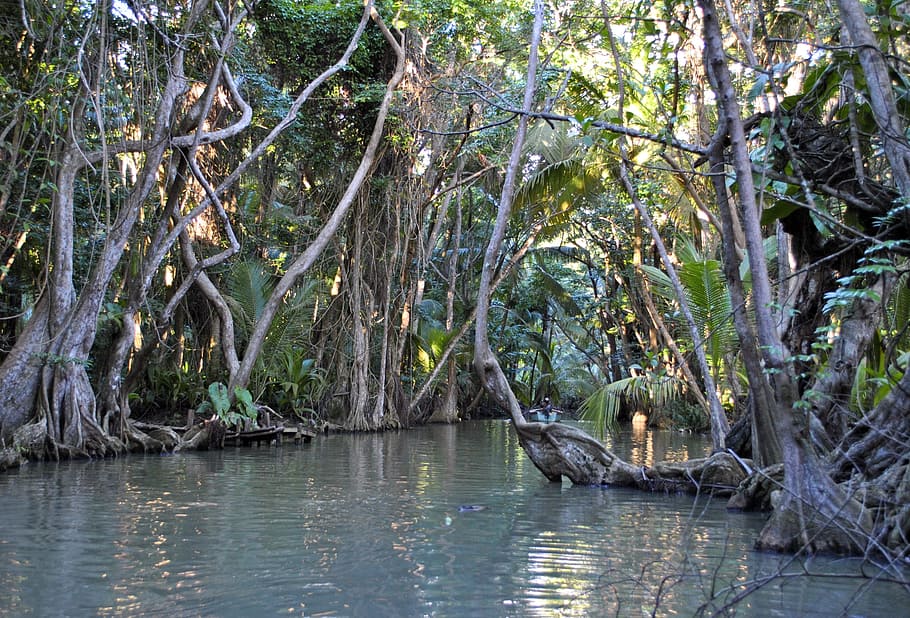Marlow's Landing by Toby Vieira
JM Originals
Pp. 294
Has any book had more effect on
the literature of the jungle and the ‘other’ than Joseph Conrad’s Heart of Darkness? It is true that any
story of a river trip into the unknown will call his novel to mind. Toby Vieira
is counting on it, so much so that he names the mysterious destination to which
his narrator is travelling (the title of the book) after Charles Marlow, the
narrator of Conrad’s masterpiece. Vieira’s narrator is a dull accountant from Hull
who is so bored with his mainstream job at an Antwerp-based gem dealer, that
when Goldhaven, a man he has never met before, sidles up with promises of
untold riches if he will just do a little job for him, he seizes on what he
sees as an opportunity, unware that he is being played for a fool. There
follows a fast-paced narrative of diamonds, deception and double-crossing.
Goldhaven is a shadowy character,
and we are never sure if he is a hero or villain; chameleon or chimera. He
certainly whets the narrator’s appetite. “Had I ever wondered, he said, what it
would be like. To get my hands on a big pink stone. To hold what no one had
held before me. To feel what no one had felt before me. To caress what no one
had caressed before me.” What is it with men and their need to get their hands
on something pristine? Diamonds and beautiful things come from hard and dirty
conditions – mud and river beds – which lead to uncomfortable environments.

The narrator journeys up the
river into the Caribbean jungle to meet with a dealer at Marlow’s Landing. The
cover story is that he is a birdwatcher and he reminisces about “crammed hides
and the smell of wet wool and mint cake.” He is unsure of where this place is
and, despite a guide book and a real-life guide, he is none the wiser. “What
does Babbon have to say about the part of the country Old Road is taking me to?
Not much, since Old Road is heading into the heart of the biggest white patch
on Babbon’s map. Babbon, it turns out, never made it back from the white patch.
Babbon died before he could finish his book.” He is in constant fear of
dangerous creatures; insects; snakes; Caymans; things that bite and sting, and
his excitement does not last long. “I am sick of the tropics. Scabs come and
scabs go. I have a giant blister on my ankle, the size of half a tennis ball, a
neat globe, opaquely translucent, filled with liquid and with blood.
Slime-covered lizards fall out of my clothes in the morning. I have strange
headaches, on and off.”
The
novel is written in a disorientating style, that makes the reader unsure of
where we are or who is narrating and whether this is all a
life-flash-before-your-eyes moment. While the story slips in and out of the
reader’s grasp, it is the author’s style that keeps us absorbed, with
descriptions that are vivid and chaotic. It is not just the unseen insects and
nightmarish beasts that keep him up at night. The writing highlights the heat, illness,
sickness, hallucinations and disease. As he gets more remote and further from
known territory, he fears the lawlessness of his isolation as dead bodies
riddled with bullet holes float down the river. This is a psychedelic whirlwind ride (one might call it the
ambiguous definition of a trip) and perhaps a cautionary tale, suggesting that excitement
might be overrated and boredom undervalued.


No comments:
Post a Comment